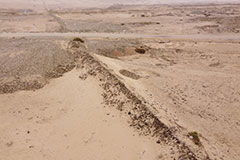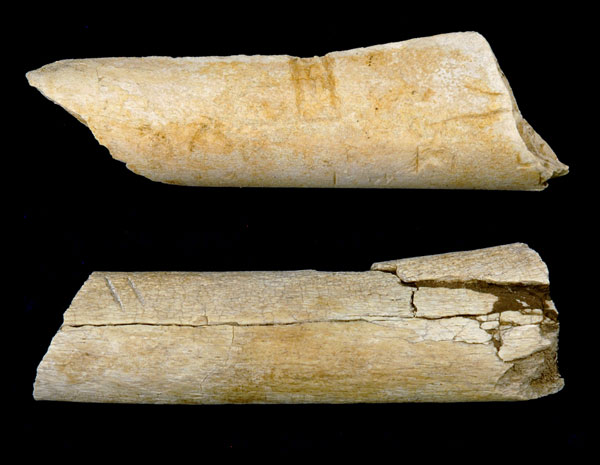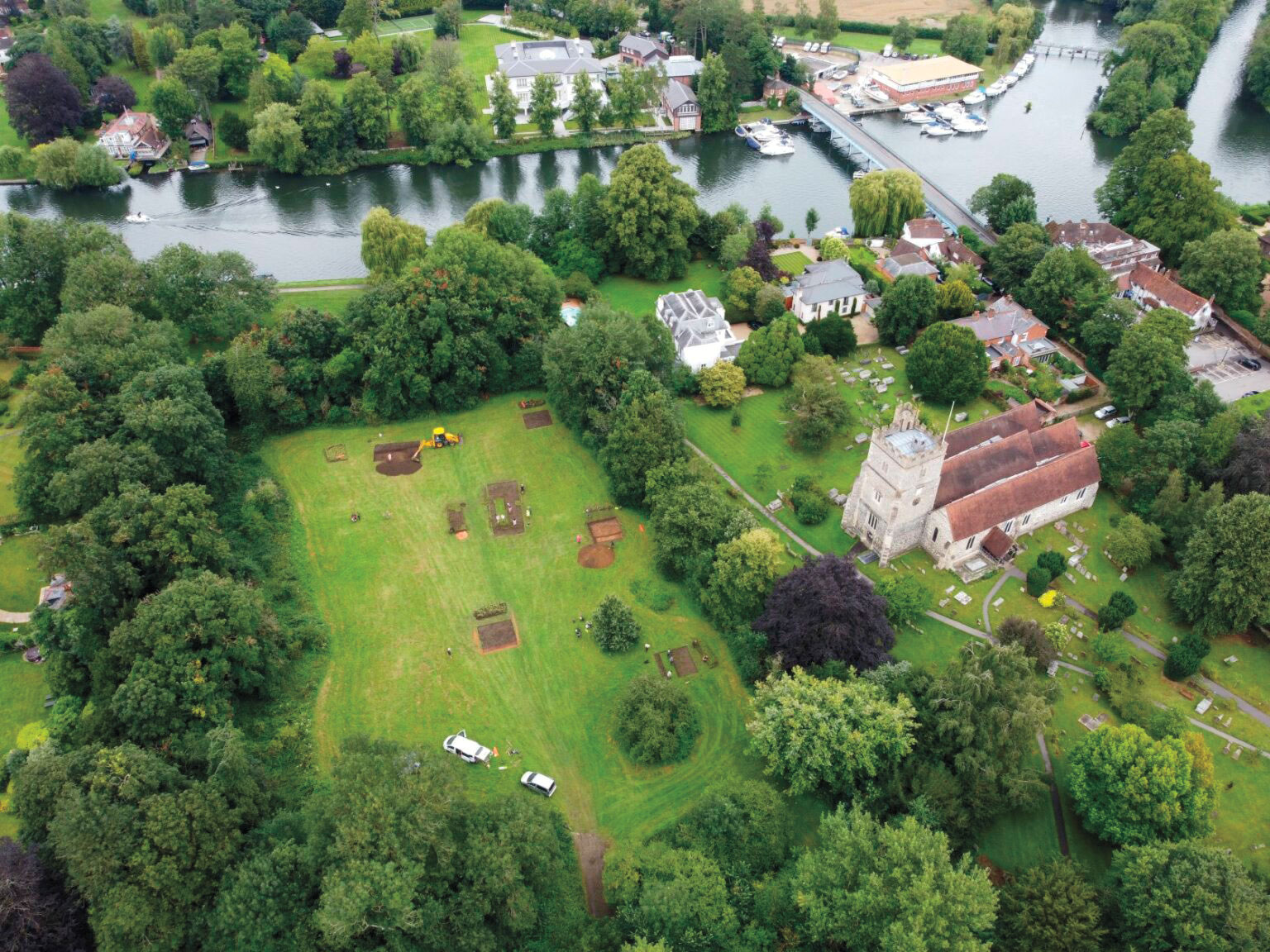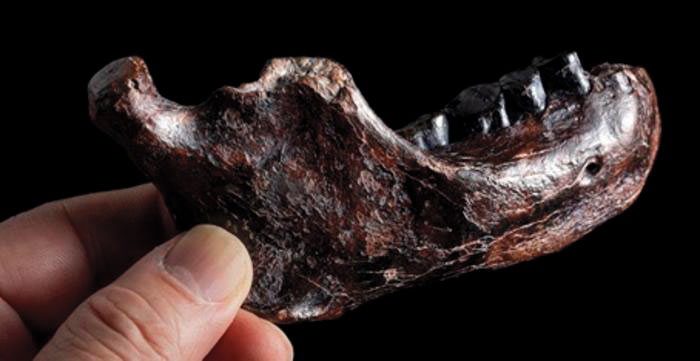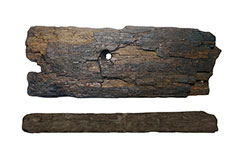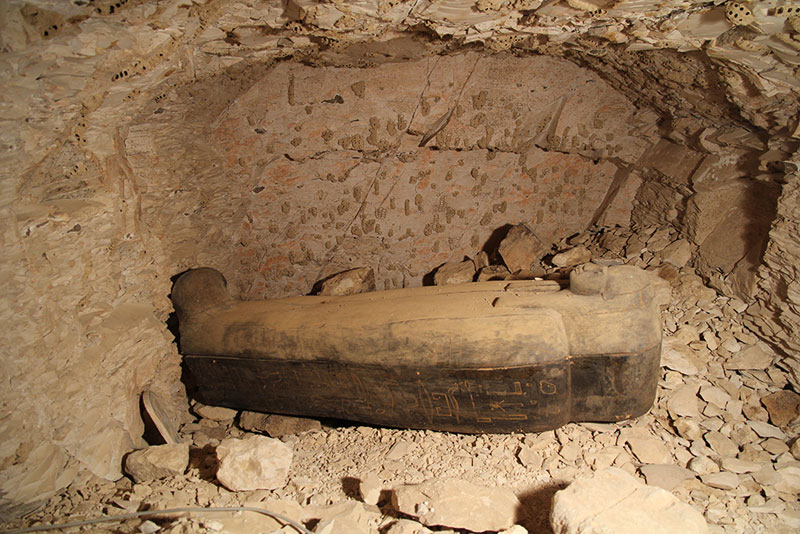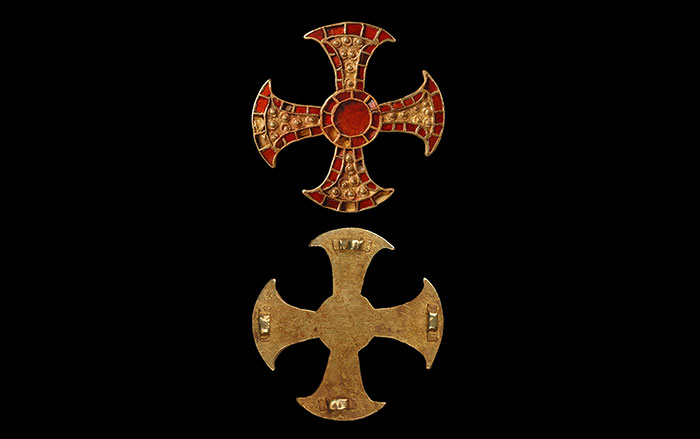
IRAQ
IRAQ: Understanding the climate of the past often helps with interpretation of archaeological discoveries. A review of ancient documents written between A.D. 816 and 1009 reveals a pattern of unusual weather occurrences in Baghdad, particularly cold-weather events such as hailstorms, frozen rivers, and snow during a certain period of the 10th century. Although it snowed in Baghdad in 2008, such cold snaps are rarer today.

Related Content

PERU
PERU: Some pre- Columbian South Americans lived in groups called allya and buried their dead together in monuments called chullpas. At the site of Tompullo 2, scientists gathered genetic material from six chullpas to determine how the people in each were related. Results show that the ancient Andeans are closely related to modern ones, and that chullpas were family graves based around a male lineage, suggesting allya were structured the same way. But not necessarily— one grave contained the remains of three related men with different paternal lineages.

Related Content

ETHIOPIA
ETHIOPIA: Dating to around 3.4 million years ago, foot bones show that Australopithecus afarensis—"Lucy" and her kin—had company. The new foot appears to be substantially different from an A. afarensis foot. Where Lucy had feet adapted to more-or-less humanlike walking, this new hominin would have been adept at climbing trees. Until now, A. afarensis was thought to be the only hominin in the region at the time.

Related Content

ENGLAND
ENGLAND: Sports scientists are examining the remains of sailors aboard Mary Rose, a warship that sank in 1545 and was raised in 1982. In particular, they want to identify elite medieval archers, trained from a very early age to use longbows that required some 200 pounds of force to draw, by looking for skeletal changes associated with long-term use. In one case, the right elbow joint of a soldier was 50 percent larger than the left one, demonstrating not only that he was an archer, but also that he was left-handed.

Related Content
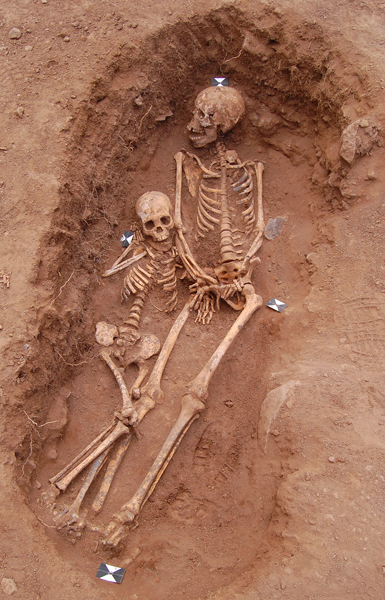
St. Helena
ST. HELENA: On this remote island in the South Atlantic, archaeologists have excavated a massive burial ground for slaves who died during the brutal Middle Passage from Africa to the Americas. More than 300 of an estimated 5,000 graves were uncovered, containing mostly children, teenagers, and young adults. Though they would have been stripped of their possessions, some of those buried managed to save beads, pieces of ribbon, and even bracelets. Also found were several metal identification tags.


Wales
WALES: Recent excavations at Nevern Castle, an earthen and stone fortification built and rebuilt throughout the 12th century, have revealed a series of slates buried under the southern gateway. Incised with symbols ranging from prehistoric shapes to letters associated with Christianity, the stones—some older and some inscribed just before burial (based on wear patterns)—were likely deposited to protect the castle from the entry of evil forces.


AUSTRALIA
AUSTRALIA: Big insights often come from the humblest places—in this case a fungus from the dung of now-extinct marsupial herbivores, such as the giant kangaroo and rhinoceros wombat. Using sediment cores from a swamp, biologists examined the timing of declines in the fungus with changes in the environment to conclude that neither climate change nor habitat change was responsible for the extinction of many of these large species around 40,000 years ago. Blame appears to lie with the recently arrived humans.

Related Content

TAIWAN
TAIWAN: Most people in Taiwan are of Chinese ancestry, but the island also has an indigenous population who are more likely to share common ancestry with those who migrated into the Pacific and populated its islands, from the Marianas to Rapa Nui. A recently uncovered 8,000-year-old burial site on tiny Liang Island could help researchers understand the genetics and culture of these early Austronesians before they departed for distant islands.

Related Content

GREENLAND
GREENLAND: The first migrants to the western portion of the massive, ice-covered island arrived around 4,500 years ago. Wood fragments excavated from two of their early settlements, Qeqertasussuk and Qajaa, have been identified as pieces of the rims from booming hoop drums, two to three feet in diameter. The age of the finds pushes back the known origins of Arctic drum and shaman culture, which traveled with them across Alaska and Canada, by at least 2,000 years.

Related Content

ICELAND
ICELAND: House mice are living artifacts of human expansion. By comparing modern mouse DNA with ancient samples found at Viking settlements, evolutionary biologists found that the mice spread across the North Atlantic with the Vikings—from the Faroe Islands to Iceland to Greenland. In Iceland, the mouse population even mirrors the human one genetically—both show low levels of genetic diversity, a result of small founding populations and little new inward migration.
(Shutterstock)






